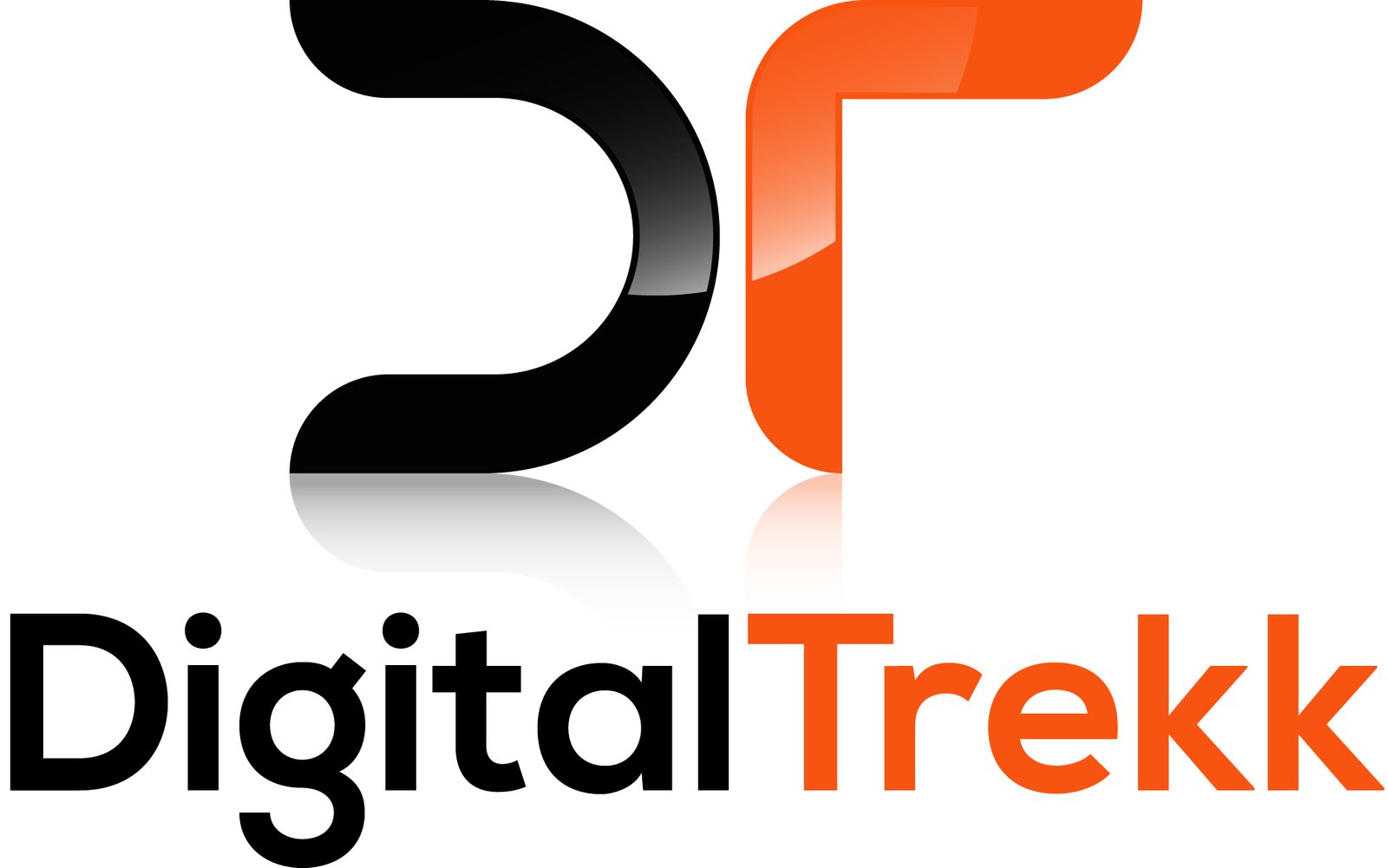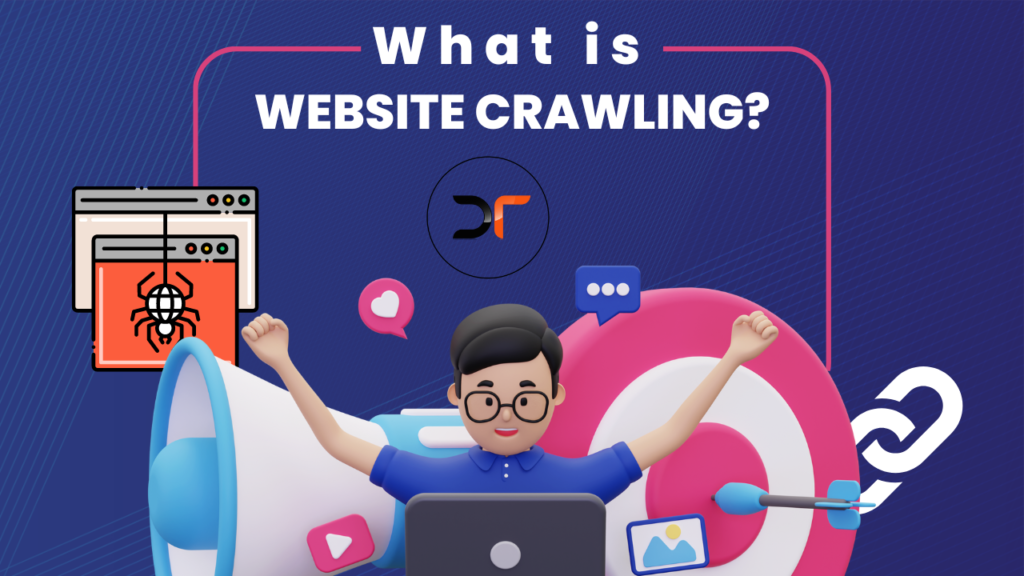Have you ever wondered how search engines gather information from the vast internet? How are websites indexed and organized to deliver relevant search results? The technology they use to crawl websites holds the key to the solution. This blog aims to provide an intriguing realm of web crawling and search engines’ tools and methods to navigate the vast network of linked pages.
What is website crawling?
Let’s first grasp the meaning of web crawling before delving into the underlying technologies. Search engines perform website crawling as a routine method to scan the internet, visit websites, and index their content. Imagine it as a spider laboriously navigating a web, investigating each strand, and accumulating essential data. Therefore it is important for websites to have a craw website feature at regular intervals.
Crawling technology: web crawlers
Web crawlers, called spiders or bots, are at the core of website crawling. These specialized software applications are used to browse websites, click links, and gather information. They serve as the search engine’s eyes and ears, carefully analyzing websites and extracting data to construct their indexes.
How to do Web Crawlers Work and crawl websites?
When let loose on the internet, a web crawler visits a collection of known online pages, frequently called seed URLs. The extraction of all the visible content, including text, photos, and links, then starts. The crawler then follows every link, moving from one website to the next and eventually gaining more web space.
Crawling Policies for Managing the Crawl
Search engines use crawling policies to ensure effective crawling and avoid sending too many requests to web pages. These policies specify how frequently a website is being crawled and how many pages a crawler should download each time. Search engines achieve a balance between acquiring new information and respecting website resources by abiding by these principles.
Do you know how to add Google Analytics on WordPress? Check now
The significance of Robots.txt for crawling website
Websites use the “robots.txt” file to declare their crawling preferences. It guides the crawlers about which website to crawl and which to ignore. The “robots.txt” file, located in the root directory of a website, is critical in directing the behavior of search engine crawlers. Website owners can regulate how search engines interact with their material by utilizing the robots.txt file.
Crawling website using AJAX and JavaScript to handle dynamic content
The amount of dynamic material rendered on the web using JavaScript and AJAX (Asynchronous JavaScript and XML) has increased recently. However, such content has historically been difficult for web crawlers to digest. Search engines have created sophisticated techniques to understand AJAX requests and run JavaScript to solve this problem and more efficiently crawl and dynamic index websites.
Structured Data Markup for Extracting Structured Data
In addition to crawling and indexing the content of web pages, search engines also extract structured data using schema markup. Structured data markup gives search engines more details about a page’s content, making it more straightforward to understand and display relevant results in search results. Businesses can increase their visibility and chances of showing up in rich search results by implementing structured data markup into their websites.
Continuous webpage crawl
Crawling the web is a continuous process. Search engines frequently visit websites to refresh the indexes and reflect on any modifications or additions to crawl websites. The authority, regularity of updates, and website popularity affect frequent crawling. Usually, crawling occurs more often for websites with significant traffic and regular updates.
Conclusion
Crawling technology is a complicated and dynamic area of research. Advanced web crawlers use search engines to browse the broad web by crawling website features. It helps gather and arrange data to present relevant search results. Search engines utilize a variety of tools and strategies to crawl websites efficiently. It ranges from managing crawling policies to processing dynamic material and collecting structured data. Understanding this procedure enables website owners to improve their content and online visibility in the complex digital environment.










